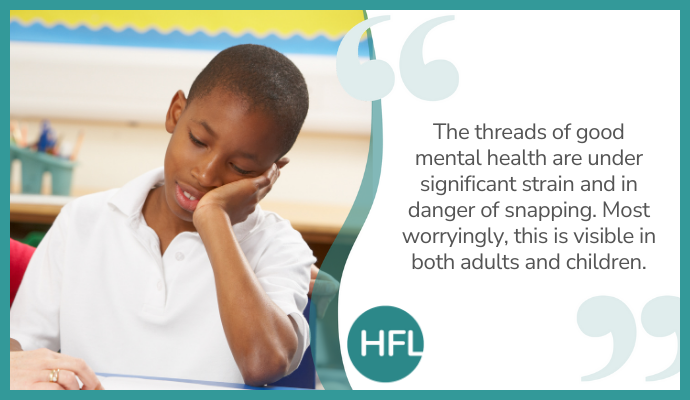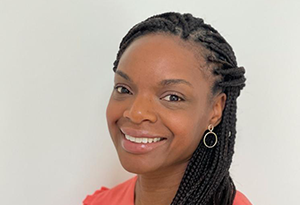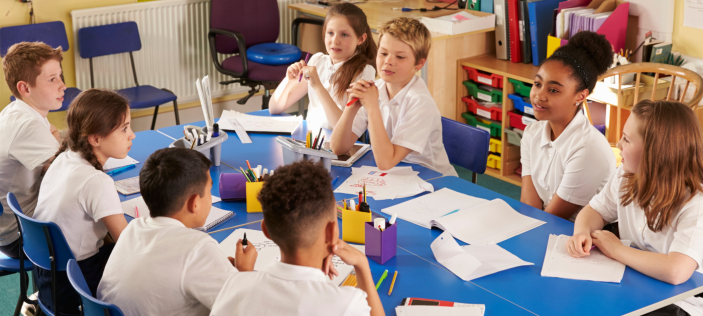
Our mental health seems to be something we’ve taken for granted, but the shifts in financial circumstances and the remnants of the Covid outbreak, are forcing us to pause and reflect. The threads of good mental health are under significant strain and in danger of snapping. Most worryingly, this is visible in both adults and children.
I’ve been reading David Harewood’s memoir Maybe I Don’t Belong Here. He’s now a famous, critically acclaimed and successful actor – Homeland, Blood Diamond and Supergirl - but in his memoir he talks honestly and poignantly about his life, his breakdowns and his experiences of being sectioned. In his opening chapter, A Letter to the Reader Harewood speaks vividly about pain, identity and belonging. He says that he ‘struggle[d] to forge a sense of identity and belonging as a Black British man’ and links this to his first direct experience of racist abuse.’
‘A small crack appeared, perhaps just the faintest fissure at first, but over the years it grew wider and wider. Caught between the two halves of my identity, I disappeared into the space between and woke up in a mental institution. I had completely lost my mind.’
Harewood’s piece demonstrates just how vital it is that we take care of ourselves and more specifically our mental health. For me, it also served as a reminder that there are groups and communities for whom acknowledging and talking about mental health is considered taboo, unacceptable within the culture or an external force that cannot be trusted. I know. I am part of one of these communities and I share in these concerns and fears. They are not without foundation. This may partially explain why racially minoritised groups are less likely to access mental health services at an early stage and benefit from talk therapies and therapeutic approaches. But it does not explain why they are less likely to receive a mental health referral prior to a visit to A&E or a brush with the justice system[i]. Or why Asian or Asian British Pakistani men had the lowest recovery rates for IAPT talking therapies[ii].
In a recent piece of training we delivered, we included a video from MIND.UK in which a black man talked about receiving counselling from a Sri Lankan therapist and compared the experience and outcomes to his initial session with a white therapist. In his specific case, it showed the importance of cultural connection, but more significantly the need to acknowledge a racialised experience when offering support. For me, it really made me think about how important it is to ensure that people of colour in schools – pupils, parents and families, staff and governors – receive this level of care, this willingness to listen and an openness to acknowledge and understand. This is particularly important for pupils whose behaviour is starting to be characterised as challenging or disruptive. Harewood talks about his school experiences: the lightness, fun and clowning of primary school. But his exuberance later became perceived as disruptive in secondary school, and he was gradually sifted into a behaviourally challenged set. Neither his family nor school were fully aware of the frequency of racist taunts, physical and verbal abuse, pressure and desperation to assimilate, or the sense of fear that cloaked it all. Harewood’s experience mirrored a familiar scenario that he could not have been aware of at the time - but we now know to be true. The Against the Odds report (2017) found that boys from African and Caribbean communities in the UK had similar levels of mental health problems at age 11 to white and mixed heritage boys. However, national data shows that African and Caribbean men are more likely to develop some types of mental health problems during adulthood[iii].
Our mental health can become frayed in a variety of ways. Those delicate threads start to shed becoming more fragile and threadbare as we move through each stage of life and begin to grapple with the demands of adulthood.
I was heartened during the training this week when a secondary school dealing with behaviour issues mentioned that they had implemented the offer of a counselling session for victims and perpetrators. In other conversations during this year, I have heard senior leaders in schools talking about peer-led mentoring, providing questionnaires to their stakeholders, revisiting and monitoring young people involved in racist incidents, drawing on community-links to better understand dynamics they might not be aware of, and one specific request from a school for assistance with supporting their pupils with racial trauma. In one secondary school colleagues were surveyed and given the opportunity to reflect on their personal racial experiences. The results were powerful and deeply moving. Had a colleague taken an interest in the young Harewood’s mental health when he was experiencing racism, what impact could their care and willingness to listen have made to his life’s trajectory? This work needs to take place if wellbeing and good mental health are a genuine priority and become an intrinsic part of a school’s preventative measures.
Our challenge is to understand what good mental health looks like in all those around us; to peel back the layers of self-protection and attempts to bind ourselves into the protective cocoons of determination, resilience and stereotypes about strength. Real strength lies in the ability to ask for help and accept support before we are overwhelmed. We must teach ourselves and our children to do this.
[i] A recent study of nearly 15,000 young people accessing mental health services found that young people from Minority Ethnic backgrounds were more likely to be referred to mental health services through routes such as youth justice and social services, than they were through perceived ‘voluntary’ routes such as primary care. Ethnic Differences in Referral Routes to Youth Mental Health Services Julian Edbrooke-Childs, PhD, and Praveetha Patalay, PhD
[ii] ‘Asian or Asian British-Pakistani men had the lowest recovery rates for IAPT talking therapies.’ McManus S, Bebbington P, Jenkins R, Brugha T. (eds.) (2016) Mental health and wellbeing in England: Adult Psychiatric Morbidity Survey 2014. Leeds: NHS Digital.
[iii] Boys from African and Caribbean communities in the UK have lower levels of mental health problems at age 11 compared to White or mixed heritage boys. However, national data shows that African and Caribbean men in the UK are much more likely to develop some types of mental health problem during adulthood. For example, symptoms relating to schizophrenia, and to a lesser extent post-traumatic stress disorder. This does not occur in countries with a predominantly Black population. It appears to be an environmental risk related to experiences in northern Europe and the United States. Centre for Mental Health (2017) Against the odds: Evaluation of the Mind Birmingham Up My Street programme.



